Want to know what peaberry coffee is?
In this article, we'll talk about what peaberry beans are, how they differ from regular coffee beans, and what methods are best for brewing them.
Let's get started.
What Are Peaberry Coffee Beans?
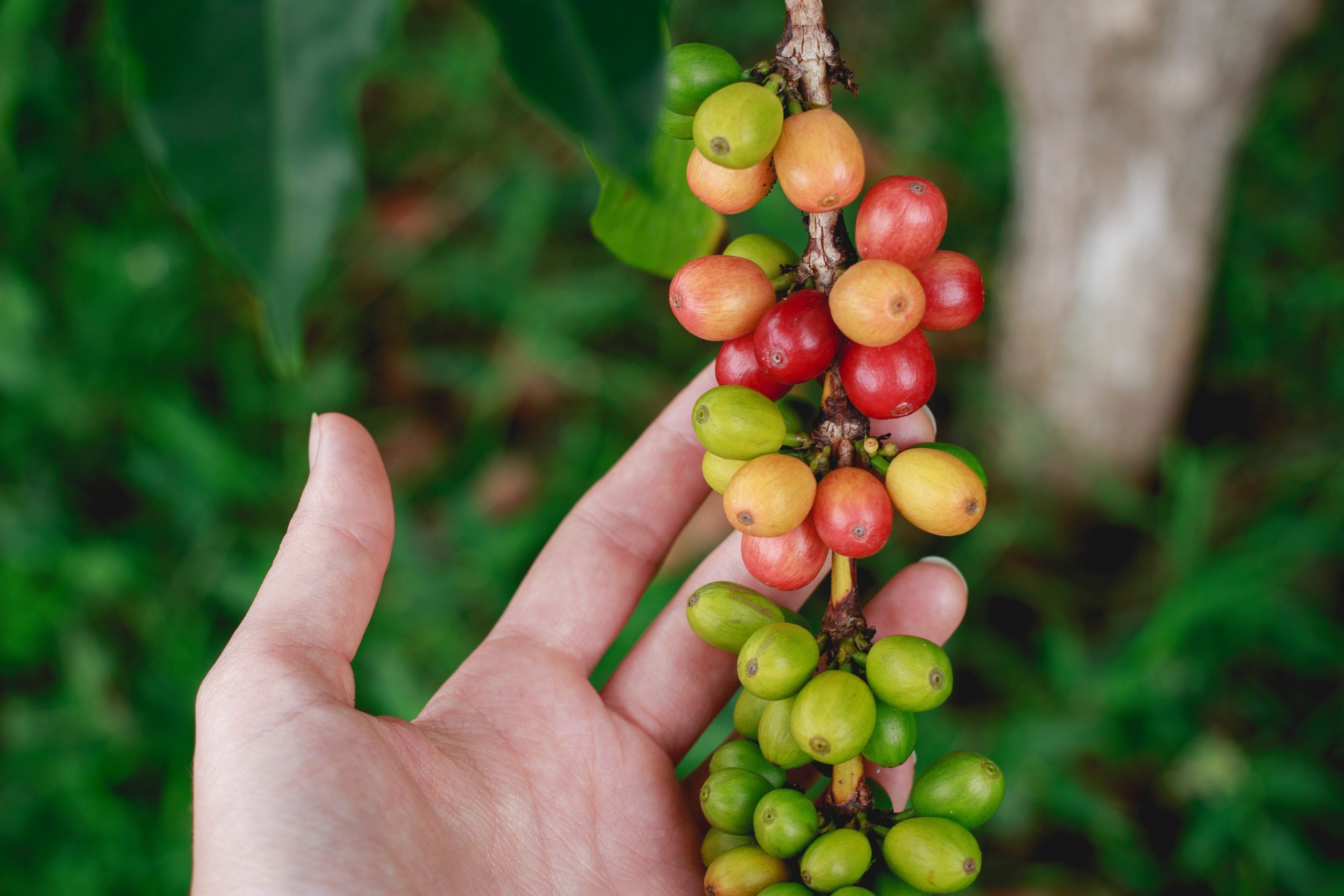
One coffee cherry usually contains two beans that take on a semicircular shape.
But sometimes, only one coffee bean develops inside the coffee cherry. It takes on a rounded shape, like a pea, and is called a peaberry.
Why does only one bean grow?
There is no exact biological answer to this question.
Peaberry coffee is a natural mutation. It's one whole seed, not two fused seeds.
Peaberry beans cost more than regular coffee beans because there's no way to grow peaberry coffee on purpose. It's always an accident. Peaberry coffee makes up about 5% of all coffee grown.
Where Is Peaberry Coffee Grown?
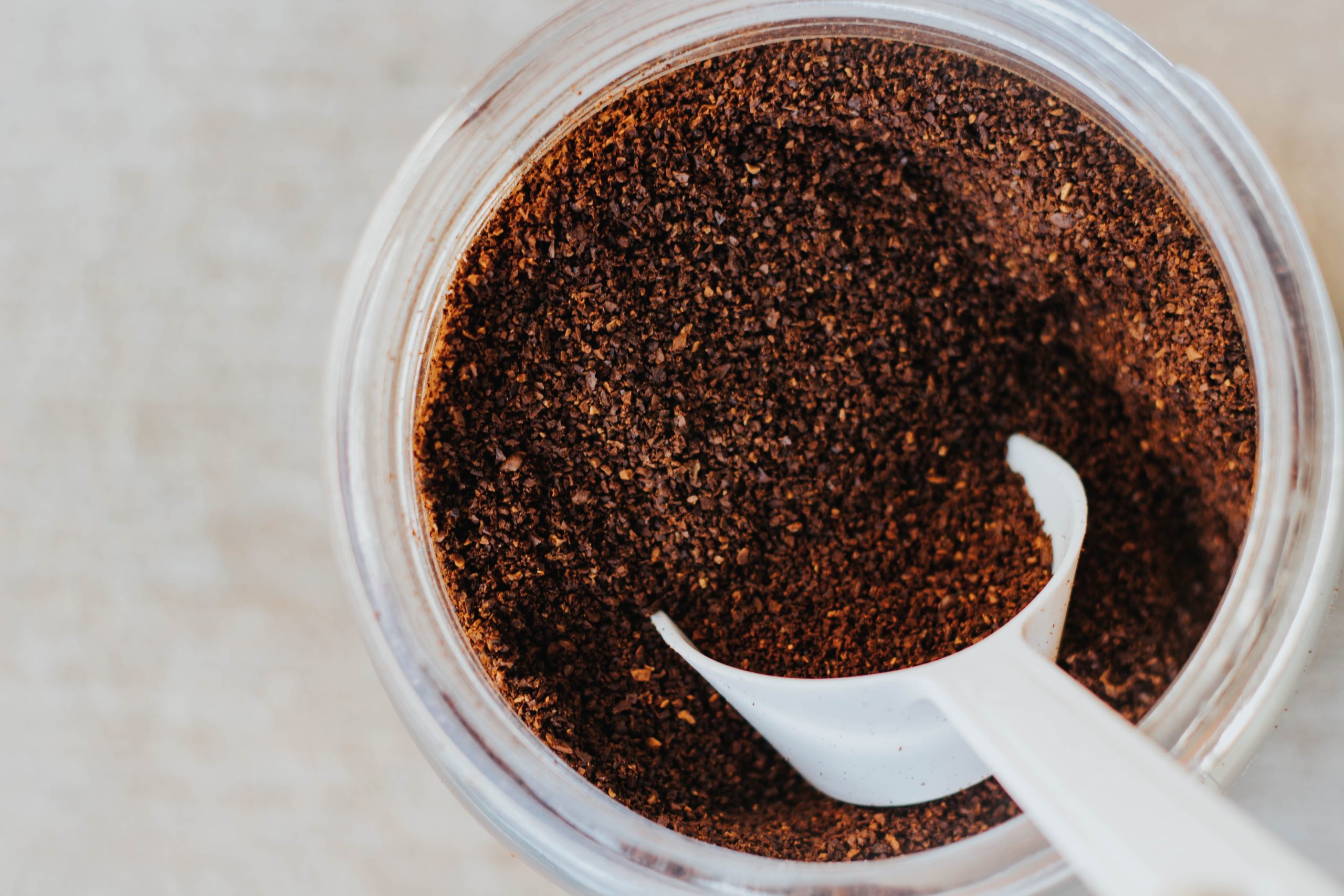
Peaberry beans can be found in any variety of coffee and in any coffee-growing region, though they occur more often in some varieties and regions than in others.
Regular and peaberry coffee cherries look no different. The presence of one versus two beans is only revealed by a closer look during manual sorting after the cherries are harvested.
The manual sorting process is another reason for the high price of peaberry beans.
There are countries where peaberry coffee beans are somewhat more common. These countries include Kenya, Jamaica, and Tanzania.
The formation of non-standard coffee cherries is influenced by growing region, weather conditions, and type of tree.
Farmers have noticed that the number of peaberry coffee beans increases during the rainy season.
A significant percentage of peaberry beans are found on Arabica hybrids. The eugenioides coffee tree (Coffea eugenioides) produces up to 50% of peaberries in a harvest.
Coffea eugenioides is the genetic progenitor of Arabica, but it isn't grown on an industrial scale due to low yields and low caffeine content.
Unlike Arabica flowers, eugenioides flowers do not pollinate on their own. Two trees are needed for cultivation, and this leads to more mutations during cherry production.
Peaberry Coffee Bean Roast Profile
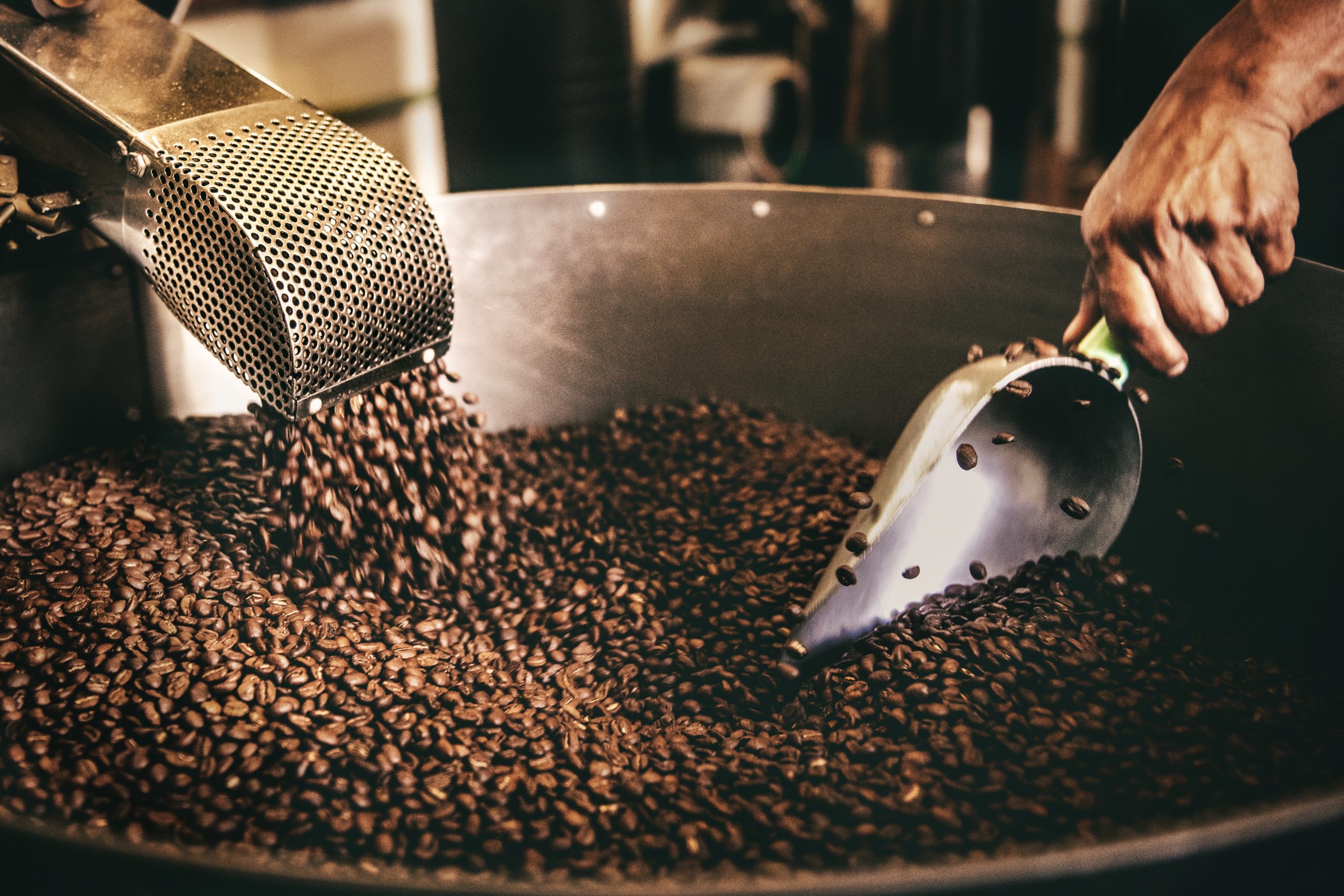
Roasting peaberry beans requires more delicacy due to their rounded shape and smaller size.
In a normal coffee bean, heat absorption occurs asymmetrically and unevenly during roasting. Heat travels to the center of the bean at different speeds—faster from the flat side than from the round side.
The heat absorption of peaberry beans is much smoother. Heat reaches the center of the bean at the same speed from all sides due to the bean's rounder shape.
Roasting peaberry coffee requires good hearing and care.
Normal coffee beans emit a loud click at a certain stage of roasting, after which it is necessary to adjust the temperature.
But peaberry beans heat more quickly and emit much quieter sounds. It's important to listen carefully so as not to over-roast the beans.
Peaberry Coffee Taste
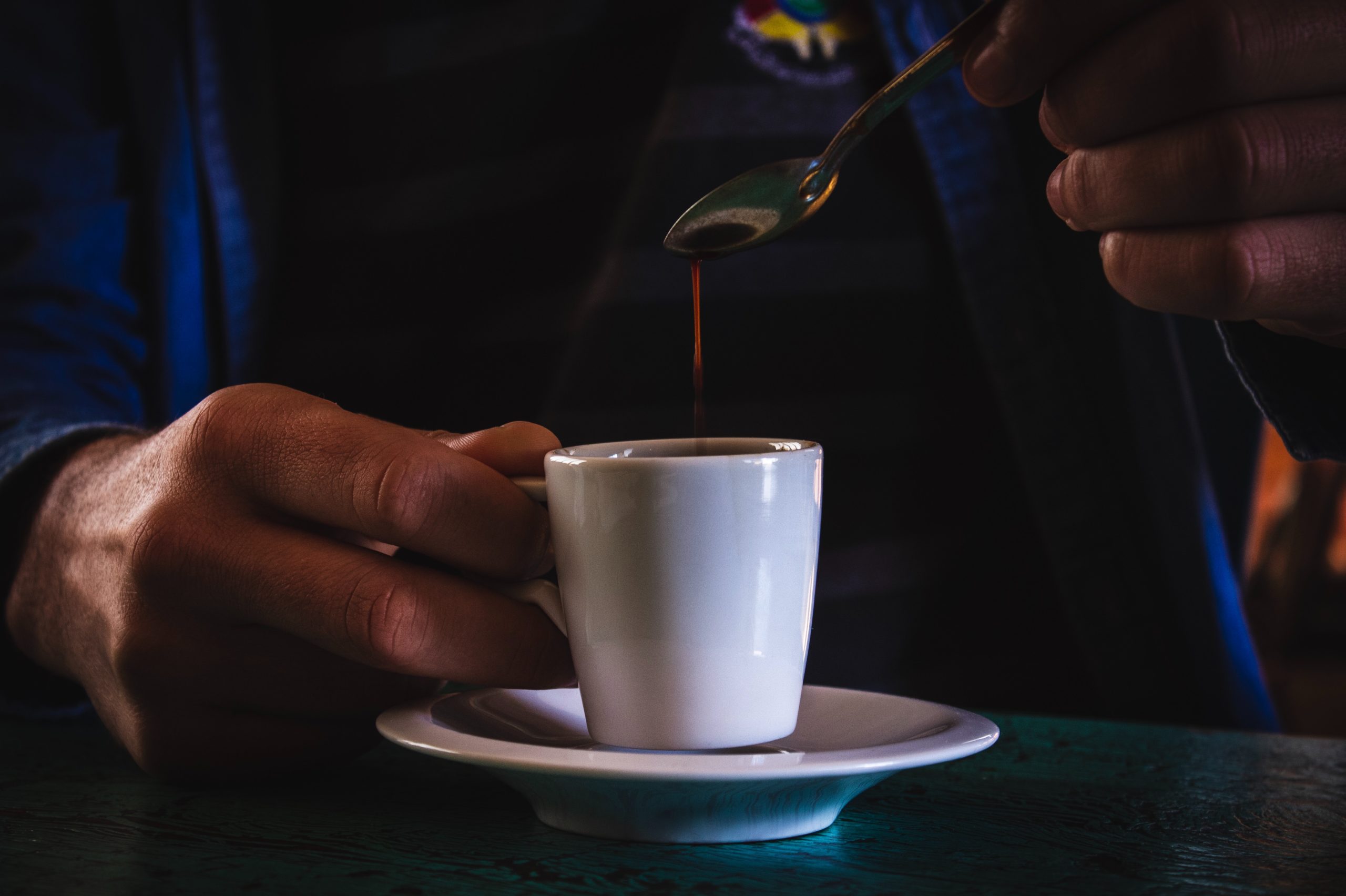
There is no clear opinion about the taste of peaberry coffee: some like it, others don't. But everyone agrees that it tastes different from regular coffee.
Many believe that peaberry coffee tastes brighter and more acidic than coffee made from regular beans.
One theory as to why is that the beans are roasted more evenly.
Some people believe that the reason for the difference in taste is because peaberry coffee is manually harvested and sorted. This keeps bad beans from getting into the finished product.
Others believe that peaberry coffee tastes different because the one bean inside the cherry receives more nutrients than the two beans in a regular coffee cherry.
Either way, the flavor profile of peaberry beans is different from that of regular coffee. But the difference is not always pronounced.
Best Methods to Brew Peaberry Coffee Beans
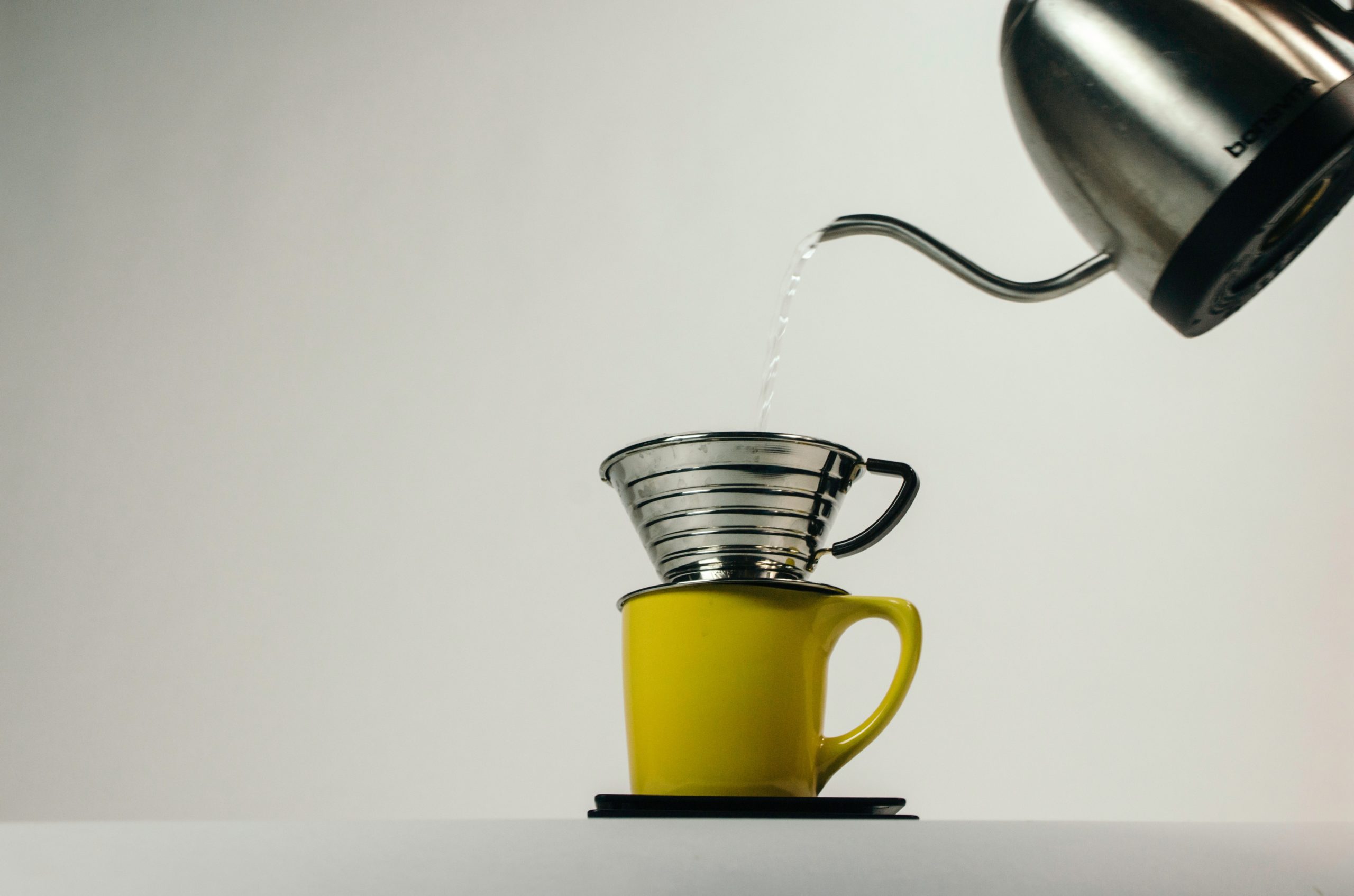
Peaberry coffee is usually brewed at low temperatures and with a lower dosage than when using regular beans.
Grind size is important. Too fine a grind can make the finished coffee too thick and oily.
Peaberry coffee is best brewed using alternative methods: Chemex, siphon, Turkish cezve, AeroPress, French press, and Hario V60.
These methods allow you to better reveal the floral, berry, and fruit aromas of the beans.
When brewed in a Chemex or Hario, the coffee will be light and clean due to the dense filter, but also quite strong due to the prolonged infusion time. It takes 4–5 minutes to brew one cup of coffee.
It takes about 10 minutes to prepare strong, aromatic peaberry coffee in a siphon coffee maker.
It takes 2–7 minutes to brew peaberry coffee in a cezve. The time depends on the size of the coffee maker and how strong you want the coffee to be.
Coffee brewed in a cezve is often bitter and over-extracted. Traditionally, spices or sugar are added to the drink. But if you want to experience the natural flavor of the beans by not adding any extra ingredients, then experiment with the brewing time instead.
AeroPress coffee is richer than regular drip coffee but softer than espresso, and thanks to the pressure involved in brewing, it is denser than coffee brewed in a Chemex or Hario.
If you are brewing peaberry coffee in a French press, choose light- or medium-roasted beans. Dark roasts will give the drink a pronounced bitterness.
When brewing in a French press, as in a cezve, there is a risk of an over-extracted beverage. Start by brewing the coffee beans for 4 minutes, then experiment and let yourself be guided by your taste.
